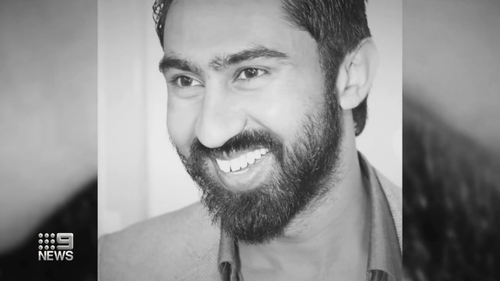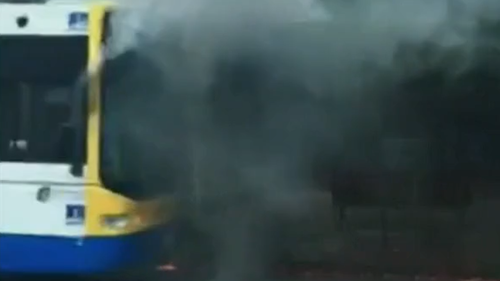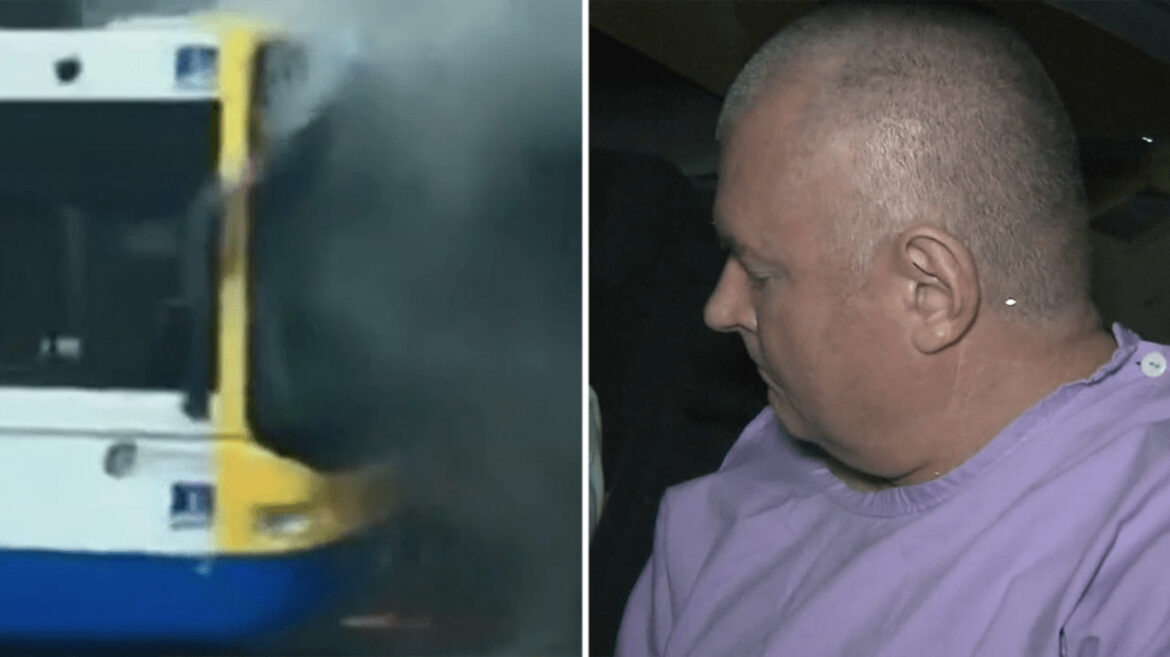Inquest hears man who killed Brisbane bus driver urged police to detain him
An inquest into the death of Brisbane bus driver Manmeet Alisher has heard his killer knew he had problems and urged officers to lock him up because he wanted to hurt people.
The coroner today heard Anthony O’Donohue had suffered with delusions for years before lighting and throwing a molotov cocktail at Mr Alisher, also known as Manmeet Sharma, on a bus in October 2016, killing him and forcing 14 others to flee the burning vehicle.

The coroner heard Mr O’Donohue had visited a police station five years before the attack, holding a hammer, box cutters and a tyre lever.
A psychiatrist told the hearing Mr O’Donohue had told police “he needed to be locked up because he will hurt someone”.
Dr Mark Barnes from the Community Forensic Outreach Service told the inquest Mr O’Donohue’s mental health had not been consistently treated.
“His symptoms had been around for some years, this core delusion, persecution, it had never been consistently treated,” he said.
The inquest heard Dr Barnes, Mr O’Donohue’s initial assessor, had recommended he remain on an involuntary treatment order.
But it was heard this information was not passed on to Metro South Health, which discontinued Mr O’Donohue’s treatment two months before the attack on Mr Alisher.
“At the time our reports weren’t put onto the electronic database,” Dr Barnes said.
“For various reasons, that is the case now, there are more safeguards.”
Mr Alisher’s friend Pinky Singh said it was a difficult time for friends and family.
“Definitely someone has failed us,” he said.

The inquest is also examining what more can be done to protect drivers on Brisbane buses as assaults continue to rise despite a 40 per cent drop in bus use since the start of the pandemic.
Last year there were 711 assaults on bus drivers in Queensland, with the coroner examining whether full security screens are necessary to prevent future attacks.
Former manager of Bus Operations at Brisbane City Council Matt Anderson said the proposed perspex screens would not be viable and would come at a “significant cost”.
“Many of the barriers that were proposed for implementation were perspex screens … perspex screens generate significant glare,” he said.
Tom Brown from the Rail Train and Bus Union said criticisms of the screens primarily concerned costs.
“They say it’s this and they say it’s that, but it comes down to money I think,” Mr Brown said.
New urban buses purchased after July 1 will be fitted with perspex screens.








